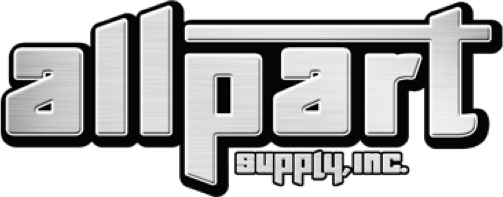Wheel Balancing Adapters

Balancing Begins with Centering
No matter what balancer you have, expensive high end to inexpensive import, it can not produce accurate results if wheels are not mounted correctly and centered. Wheel balancing adapters replicate both the hub and lug mounting positions from the vehicle so that wheels are centered on the balancer. This enables the balancer to produce accurate results. In other words, adapters complete the balancer.
It’s Not the Balancer
Balancers are only as good as the information being fed to them. If the information is bad, the results will be bad. The problem is balancers can be manipulated to show wheels balanced to zero when, in fact, they aren’t balanced. For example, a front coned wheel balanced to zero is not a balanced wheel. Customer comes back with vibration issues and the blame falls on the balancer. It’s not the balancer!
Many balancing process errors can be directly attributed to the way wheels are mounted on the balancer. These errors lead to vibration issues, comebacks and unhappy customers. Taking the time to educate tire shop techs and making the investment in proper wheel balancing adapters leads to higher shop efficiency, quality of work and profits.
- Prevent Balancer Process Errors
- Reduce/eliminate Comebacks
- Reduce Wheel Weight Usage
- Raise Wheel Balancing Quality of Work
- Boost Wheel Balancer Efficiency
- Improved Return on Investment
Precision Centering Technology
Haweka provides a range of precision centering solutions for passenger cars, light trucks, SUVs, Medium Duty and Heavy Duty vehicles. When used together, Haweka hub centering and lug centering solutions replicate the vehicle wheel mount on the balancer for pin-point accurate results and a guaranteed smooth ride.
Hub Centering Solutions
- Duo Expert Collets
- Low Taper Collets
- Precision Collets
- MD Hub Discs
- HD Hub Discs
Lug Centering Solutions
- Quick Plates
- Flange Plates
- MD Plates
- HD 4 and 5 Arm Stars
Dual Plane Centering
There are two types of imbalance in wheels, static and dynamic. The diagrams below illustrate each type of imbalance. When a balancer is used in Dynamic, Dual Plane Mode, it measures both axial/radial movement (static) and lateral movement (dynamic). Hub centering adapters correct static, up and down imbalance and lug centering adapters correct dynamic, side to side imbalance. Dual plane centering enables the balancer to produce it’s most accurate and precise results.
Static Imbalance
- Axial/Radial or Up and Down Imbalance
- Static corrected at the Hub
- Balancing Solution: Replicate Hub Mount
- Adapter Solution: Duo Expert or Collets for Best Results
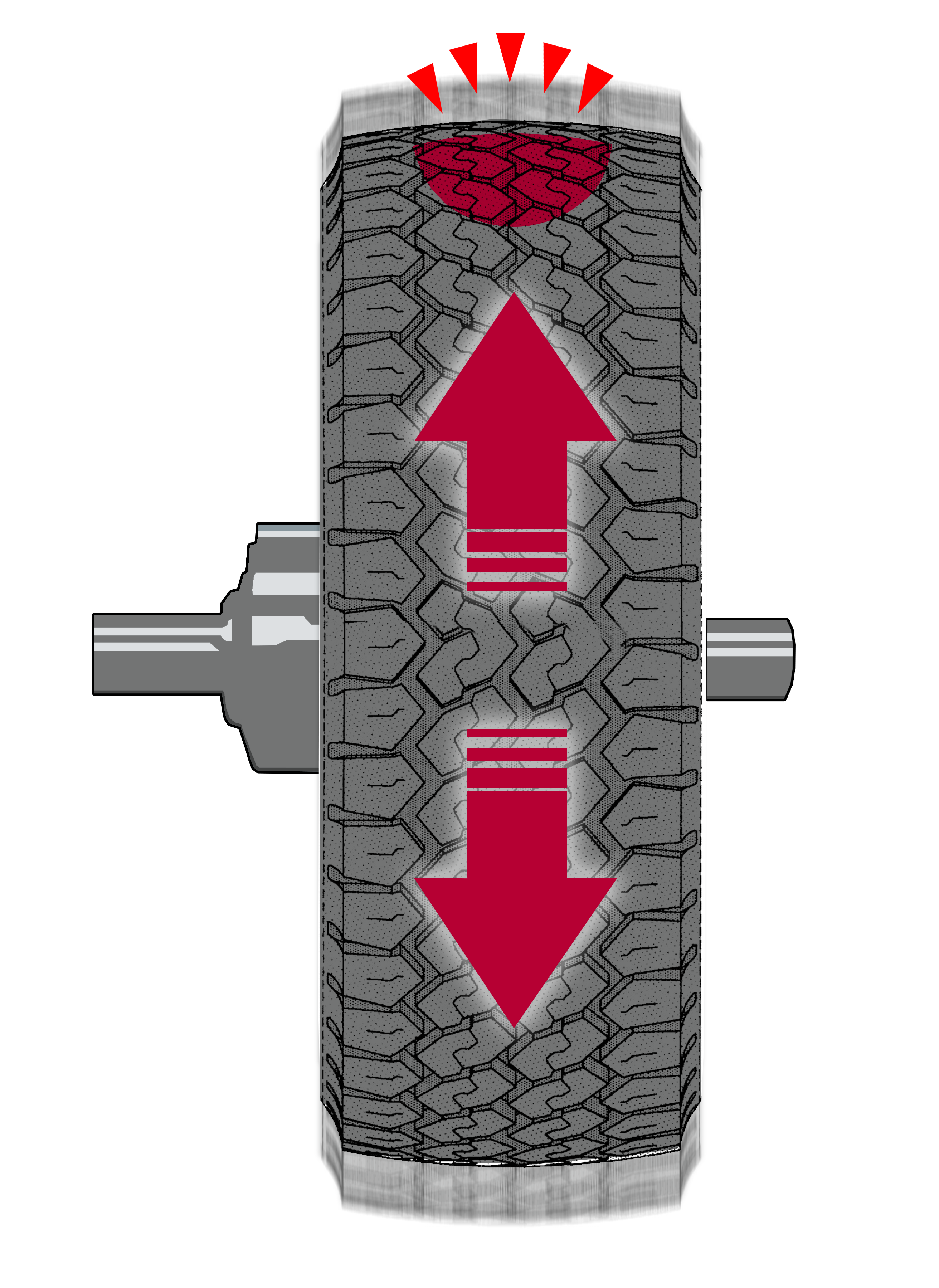
Dynamic Imbalance
- Lateral or Side to Side Imbalance
- Dynamic corrected by the Lugs
- Balancing Solution: Replicate Lug Mount
- Adapter Solution: Pin Plates (Quick or Flange) for best results
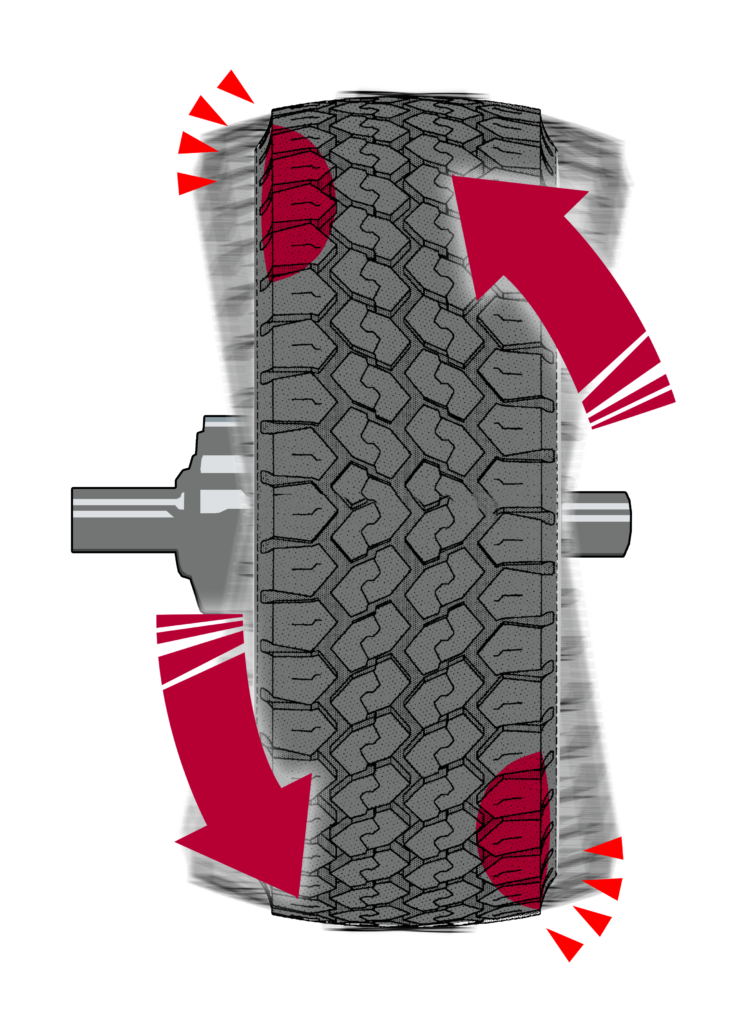
Centering Wheels on the Balancer
Hub centric wheels (OEM) are centered at the hub. OEM wheels are designed and machined to fit exactly on the hub assembly creating the hub centric contact. To correctly balance hub centric wheels, the hub mount must be replicated on the balancer. This is done using collets with little or no taper (hub centering solutions) at the back of the vehicle’s rim.
Lug Centric wheels (Aftermarket) are centered by the lugs. These wheels are designed with larger hubs to fit multiple applications creating a space between the hub bore and hub assembly. As a result, the wheels are centered by the lugs making them lug centric. To correctly balance lug centric wheels, finger plates or quick plates (lug centering solutions) must be used to replicate the vehicle’s lug mount.
The illustrations below represent rims on the vehicle and on the balancer. The adapter mounts are presented as Good, Better, Best with Best replicating the vehicle mount exactly on the balancer. The Front Coning illustration speaks for itself showing exactly why it is the leading cause of vibration issues and comebacks.
Adapters: Good, Better, Best…and Unacceptable
Vehicle Mount Rim and Hub Assembly
This graphic illustrates how a wheel is mounted on the vehicle. The wheel is centered at the hub while the lug nuts hold the wheel on the axle. This mount should be replicated on the balancer to get precision, tolerance free balancing results.
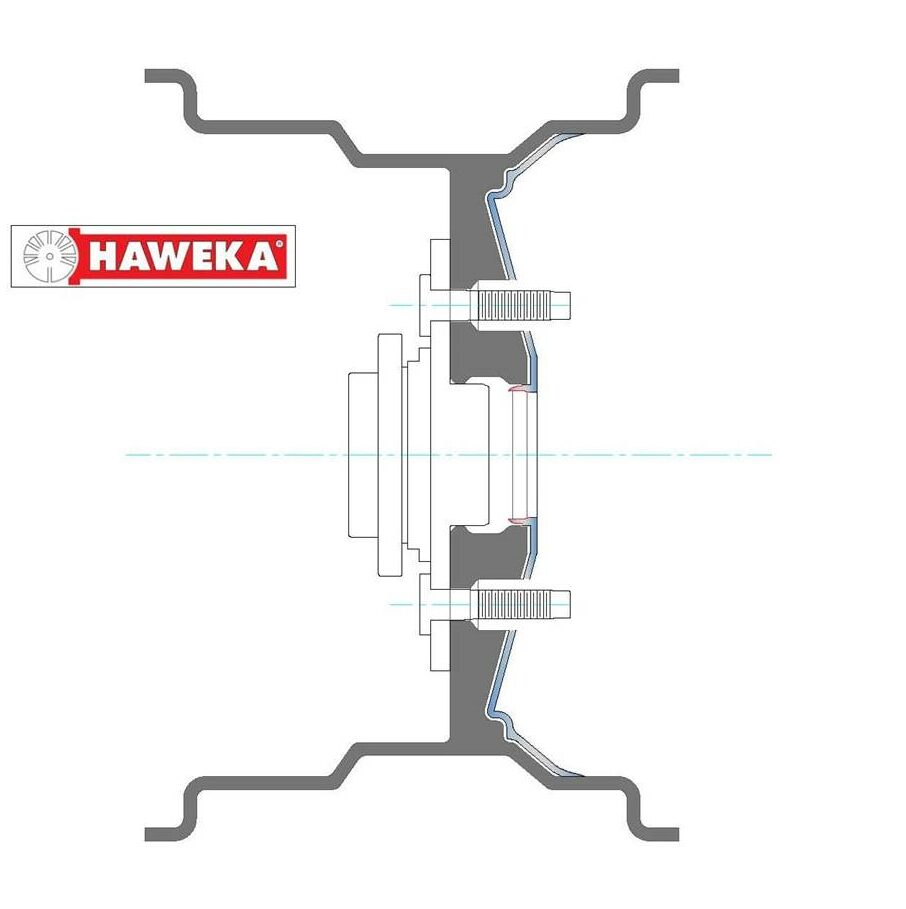
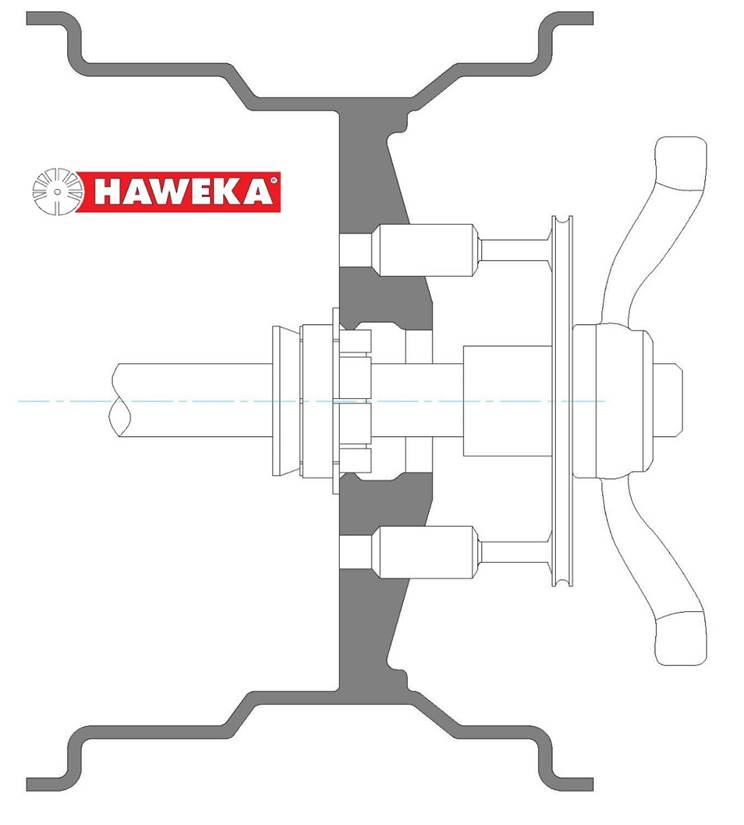
Best Method
Quick Plate and Duo Collet
The combination of quick plate (finger plate) with duo collet is the most precise method of mounting wheels on balancers. The plate provides pressure from the front while the duo collet expands to grab the wheel hub perfectly replicating the vehicle’s wheel mount for 100% tolerance free balancing.
Better Method
Quick Plate and Low Taper Collet
The combination of quick plates (finger plates) with low taper collets provides a precision mount on the balancer. Because there is a slight taper in the collet, it does not replicate the vehicle wheel mount exactly, but still provides accurate balancing results.
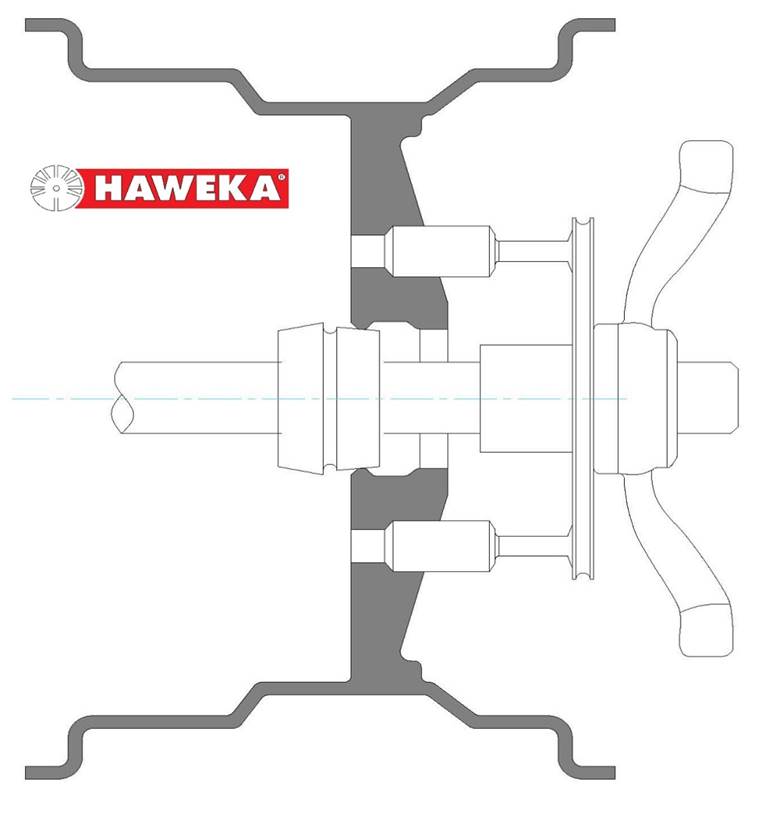

Good Enough Method
Pressure Cup and Standard Cone
While the cone and pressure cup method of mounting wheels on balancers is far better than front coning, it leaves a lot to be desired. High tapered cones have very little contact with the wheel hub and the pressure cup is hard plastic, presses on the face of the rim and doesn’t touch the lug holes. Vehicle mount replication is slight at best.
The Unacceptable Method
Front Coning
The opening at the front of the hub bore has one job and that is to hold the center cap cover. It is not machined, designed or intended in any way to center or balance a wheel. Front Coning in no way replicates the vehicle mount, and is a leading cause of balancer process errors, comebacks and vibrations. It must be educated out of tire shops.
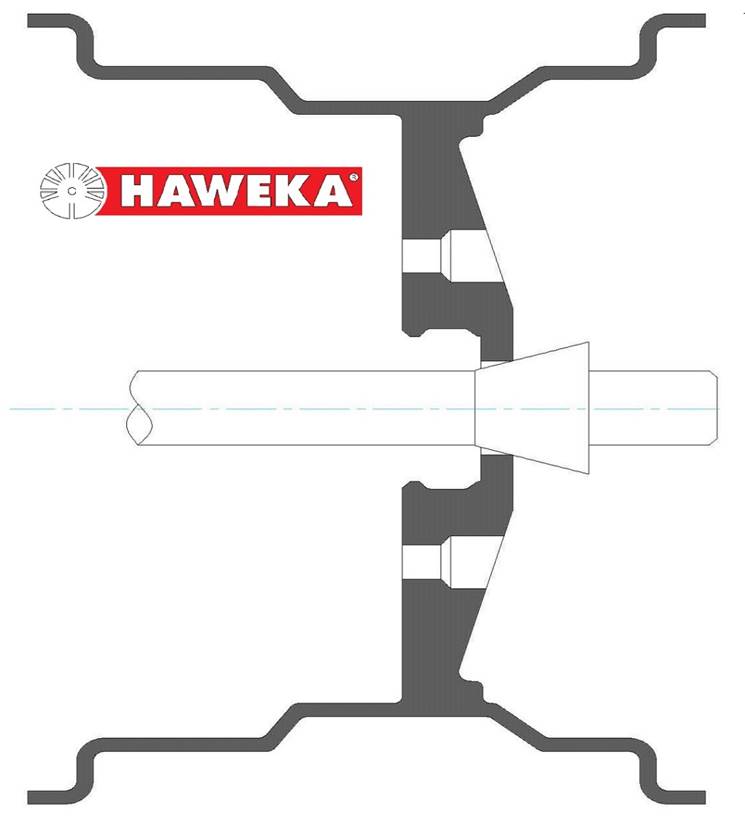
Balancing Solutions
Wheel Profiles
When tire and wheel profiles were virtually the same for all vehicles (steel rims with 16 or 17-inch tires), pressure cups and cones were a perfectly suitable method for mounting wheels on balancers. In today’s market, there are a multitude of wheel profiles, sizes and designs with tight chassis where very vibration is felt. These wheels require a little more attention to detail than front coning or cones with cups. They require adapters that replicate the vehicle mount for 100% tolerance free balancing.
Problem Wheels
- Chrome Clad Wheels
- Toyota Truck Wheels
- Ford F-150 Wheels
- Ford Transit Wheels
- Chevy/GMC 8×180 Dually
- Ford MD Dually
- Ram MD Dually
- 24.5 HD Super Singles
- 19.5 Wheels
- Sprinter Wheels
Aftermarket Wheels
Aftermarket wheels are lug centric. Without the use of hub rings, they 100% require the use of pin plates to be centered properly on a balancer.
